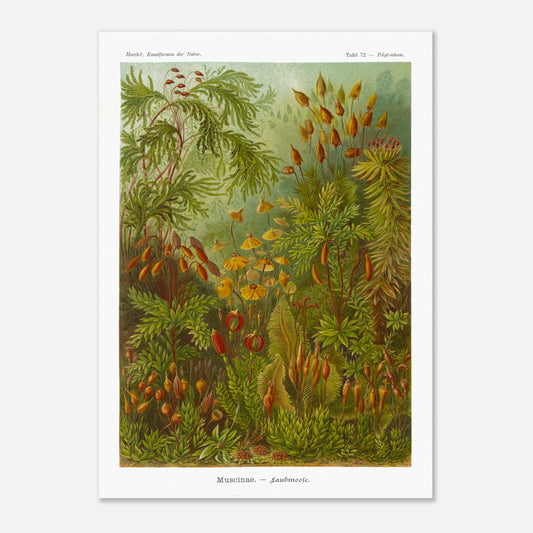Mosses - Old scientific engraving - Ernst Haeckel, Kunstformen der Natur
Mosses - Old scientific engraving - Ernst Haeckel, Kunstformen der Natur
Couldn't load pickup availability
Reproduction engraving of: Mousses
Original title Muscinae - Laubmoose
Poster of Polytrichum - Bryophytes of the class Mosses (Musci)
Illustration from the book Kunstformen der Natur, which is a collection of artistic lithographs of natural sciences published by the German biologist Ernst Haeckel between 1899 and 1904.
This naturalistic illustration is part of an overall style inspired by Ernst Haeckel, which greatly influenced the emerging Art Nouveau movement at the beginning of the 20th century. This work, illustrating the impressive beauty and great diversity of the biological world, was complemented by a certain amount of scientific information, some excerpts of which are reproduced below.
This information is over 120 years old and some of it may be outdated!
Scientific classification:
Phylium of Embryophytes (Diaphyta or Archegoniata) Main class Bryophytes (Bryophyta) Class of Mosses (Muscinae)
Scientific notice (extract) accompanying the poster print of Muscinae - Mosses :
Mosses are known to be the smallest and most inconspicuous of all land plants; they also have the simplest structure among all Cormophytes or stem plants, i.e., plants whose body is differentiated into stem and leaves (as opposed to Thallophytes or thallus plants, algae, and fungi). Nevertheless, mosses not only play a very important physiological role in the plant life of our Earth, but are also of great morphological interest despite the simplicity of their body structure. The simple stem or corm of the moss body in true mosses (Muscinae) always consists of a thin, threadlike stem bearing numerous leaves, and a very small, inconspicuous flower with male (antheridia) and female (archegonia) organs. The ovules contained in the latter are fertilized by the motile sperm cells formed in the antheridia and then develop into a spore-bearing capsule (sporogony). This "moss fruit" or "moss urn" most often appears as an oblong or bottle-shaped capsule, yellow, red, or brown in color, inside which the asexual germ cells, the spores, develop. The latter emerge from the ripe moss fruit through an opening, after the firm wall of the capsule has opened into valves (Andreaea, Fig. 12) or a lid has lifted at the top (Physcomitrium, Figs. 8-10). Most of the time, the spore-bearing capsule is covered with a silky or felt-like cap (Calyptra) which is later discarded (Polytrichum commune, Fig. 3, top right). In terms of beauty of form as a whole and in individual parts of the body, as well as diversity of formation, the small mosses are in no way inferior to the large forms of the higher plant world. However, it is necessary to use a magnifying glass to recognize these "hidden art forms of nature" at low magnification (4-8 times). Only at high magnification (200-400 times) is the wealth of beautiful patterns hidden in these delicate plant forms fully revealed. In particular, the fine cellular network of the delicate leaves then offers beautiful motifs for embroidery designs, while the capsule with its elegant lid and serrated edge provides designs for urns and bottles. Our plate depicts at low magnification and in its natural colors a moss forest consisting of a number of different native moss species. From a landscape point of view, such a miniature forest appears no less beautiful and attractive than a tropical forest consisting of a large number of different tree species. No less charming are the delicate nuances of the different shades of color, the lighter or darker, usually warm or yellowish green of the fine leaves, the red and brown of the gracefully curved stems, the yellow, red and brown in multiple shades of the delicately formed fruits. [The following description details the different species of moss represented in the illustration, with their specific characteristics and their position in the image.]
Species present on the Mosses - Polytrichum naturalist board :
- Thamnium alopecurum
- Eurhynchium praelongum
- Polytrichum commune
- Sphagnum cymbifolium
- Splachnum luteum
- Mnium undulatum
- Rhodobryum roseum
- Phyacomitrium acuminatum
- Physcomitrium ericetorum
- Physcomitrium sphaericum
- Sphagnum medium
- Andreaea thedenii
- Hypnum castrense
- Tetraplodon urceolatus
- Dissodon hornschuchii
- Dissodon froelichii
About this print
About this print
The layout and composition of this reproduction have been the subject of our greatest attention.
- Respect for the format of the original work: in order to faithfully transcribe the artist's intention, the work is not cropped/re-cut except in extreme cases (obvious imperfection, geometry problem, etc.) in which case the cropping will be as light as possible.
- The presence of white margins is sometimes necessary in order to present the work in a balanced manner.
- Each size offered has been specifically composed, therefore, the size of the white margins may vary from one print size to another. Remember to check this detail carefully!
- Print only, frame not included!
Features
Features
- Premium 200gsm matte white paper, durable and strong.
- Natural, smooth uncoated finish, silky to the touch
- FSC certified paper or equivalent certifications depending on regional availability.
- Each print is shipped in sturdy packaging, ensuring safe transport.
- Each print is printed and shipped on demand. No minimum order quantity is required.
Share !
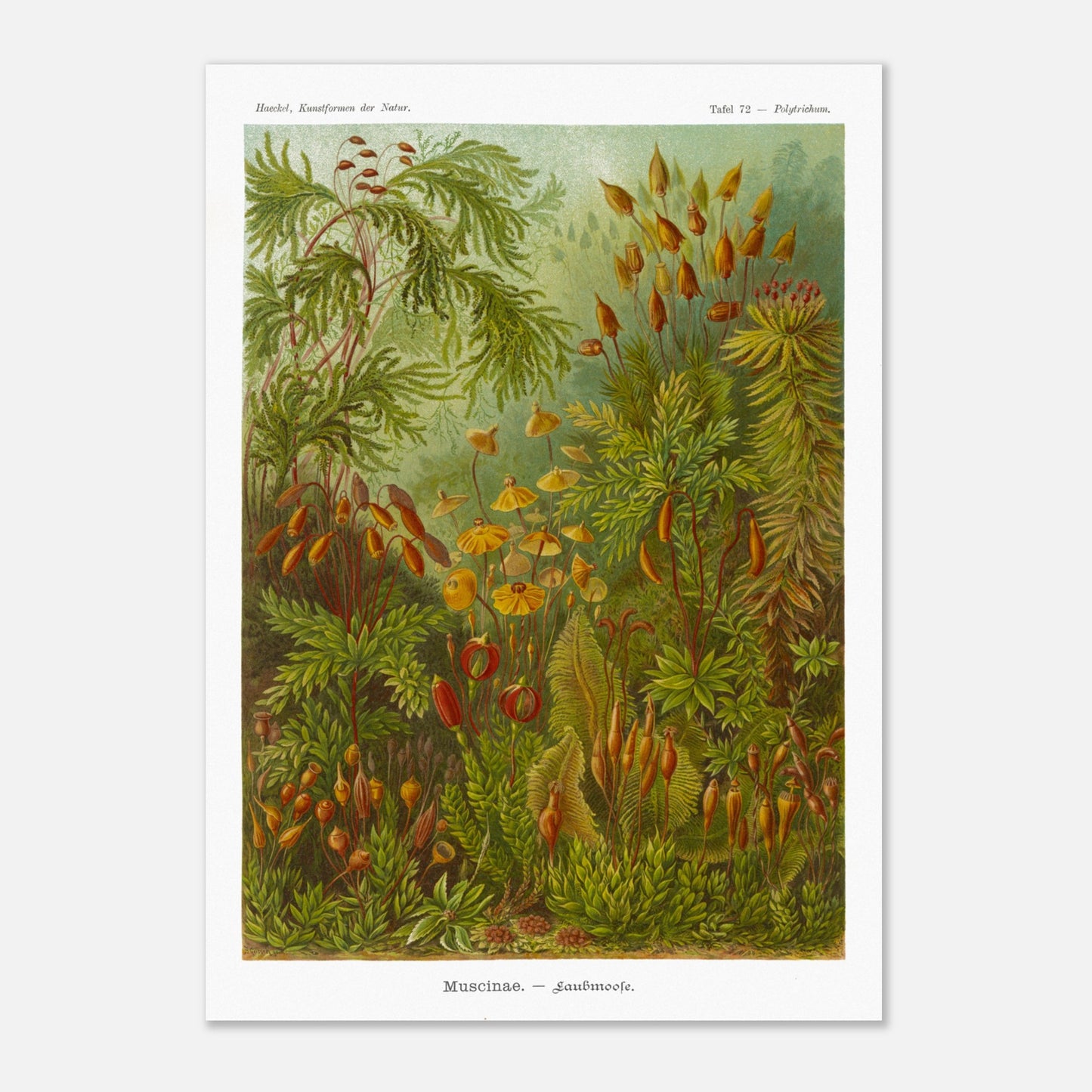
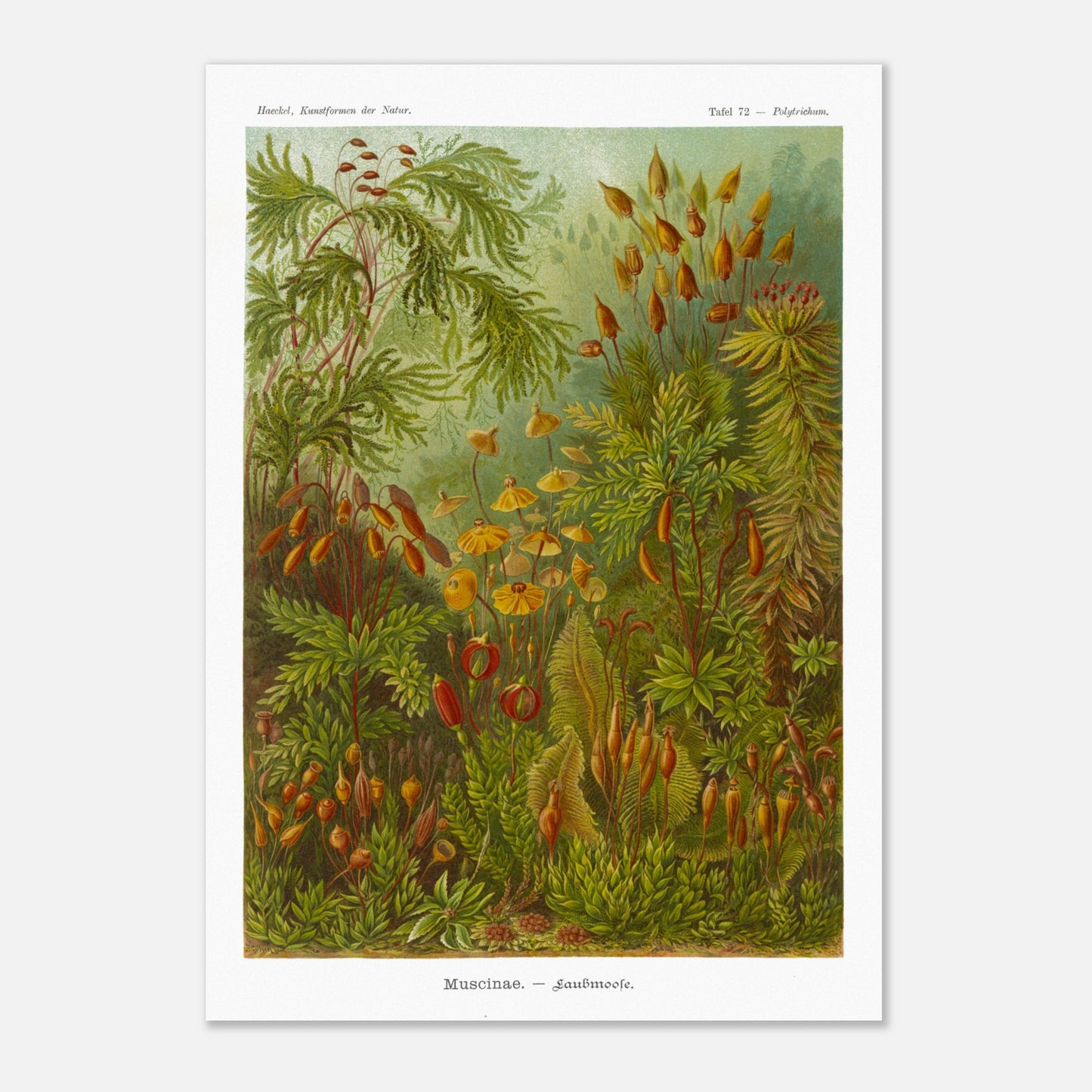
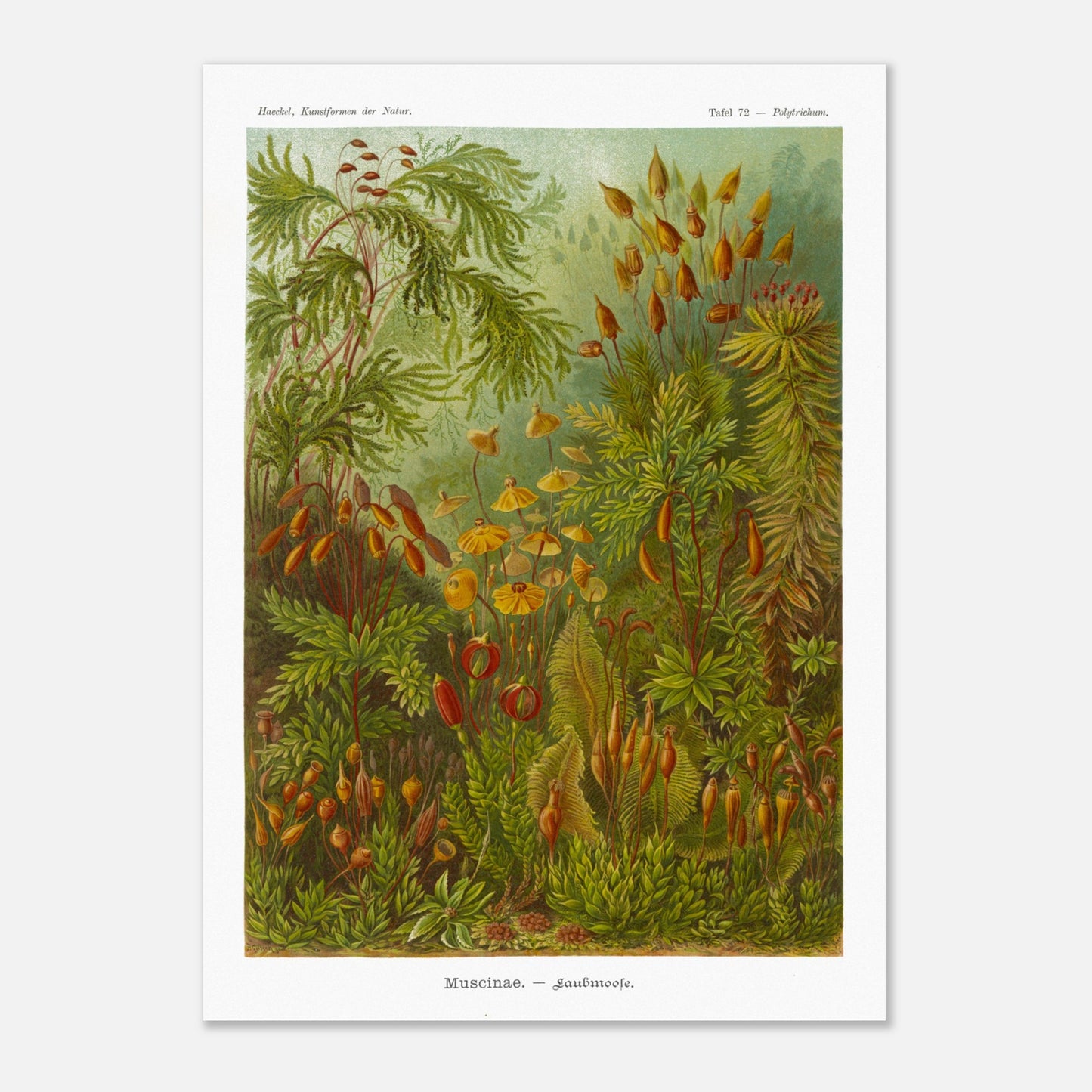
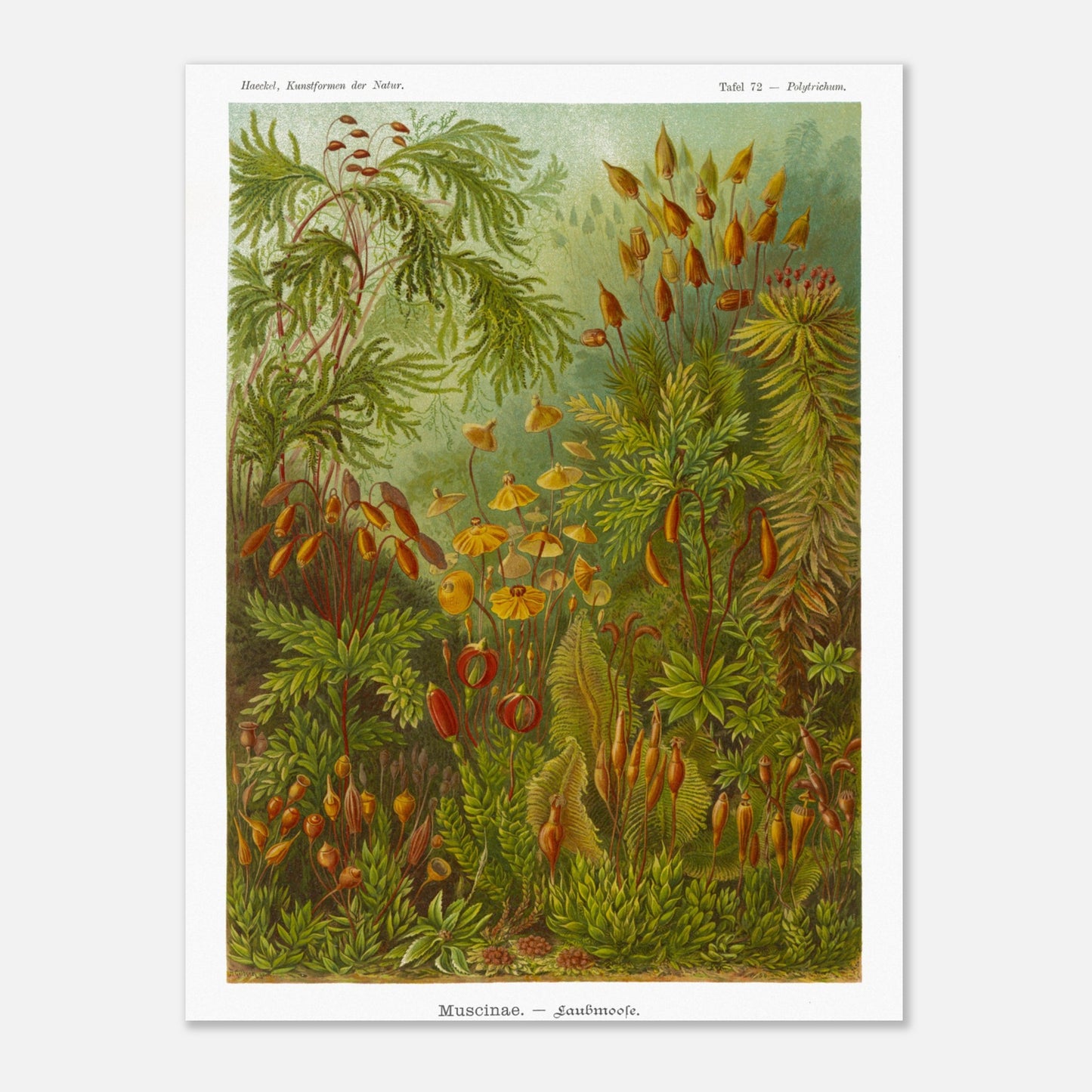
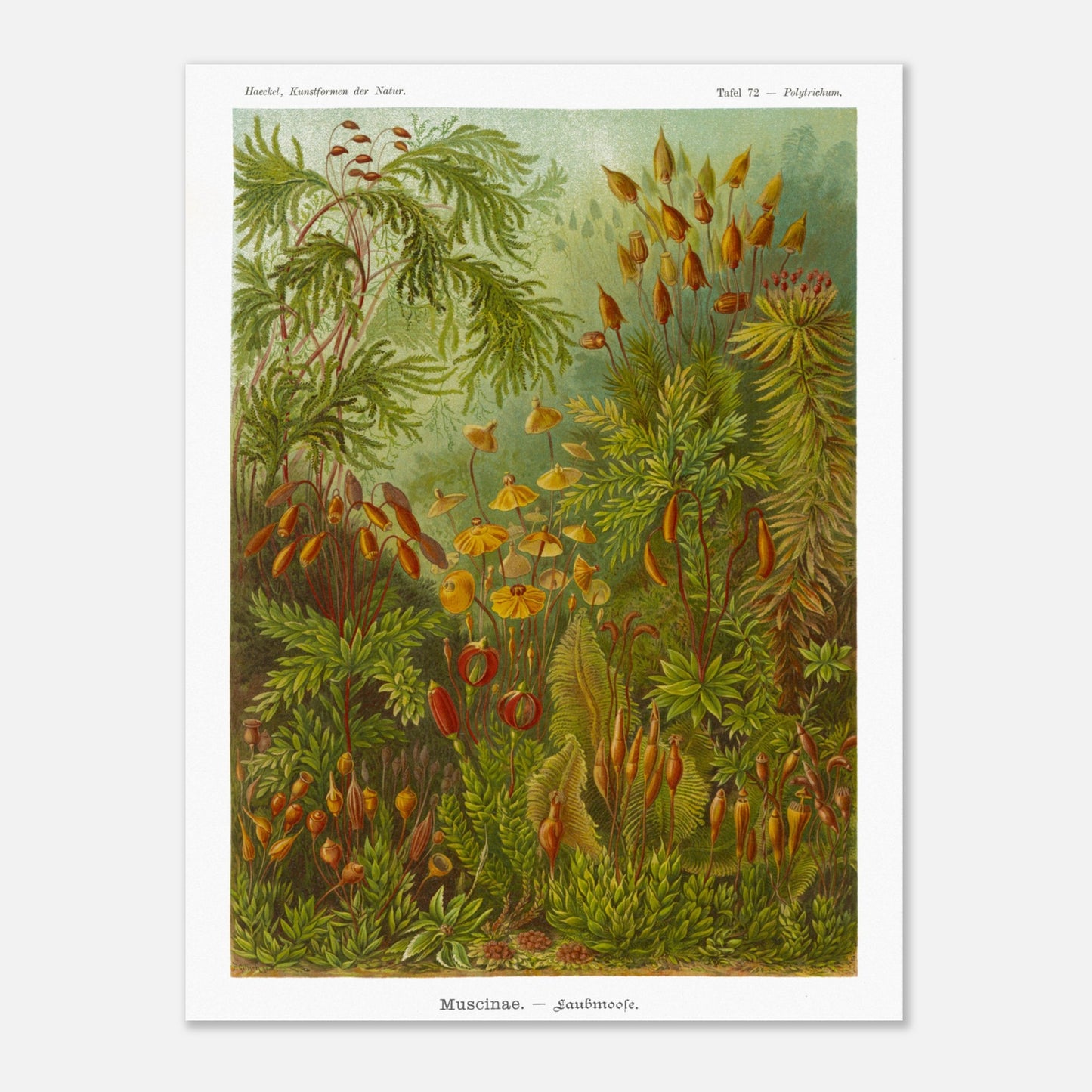
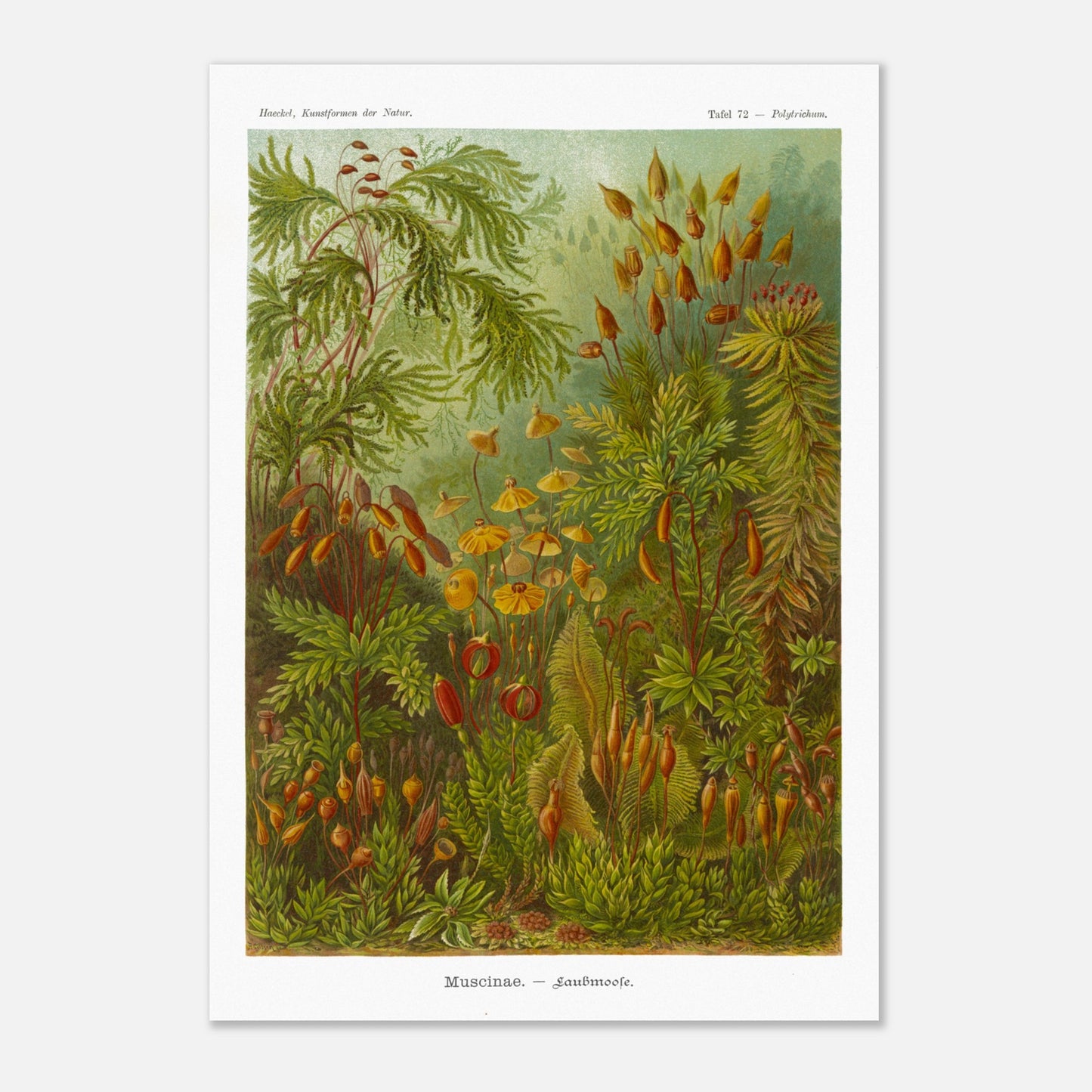
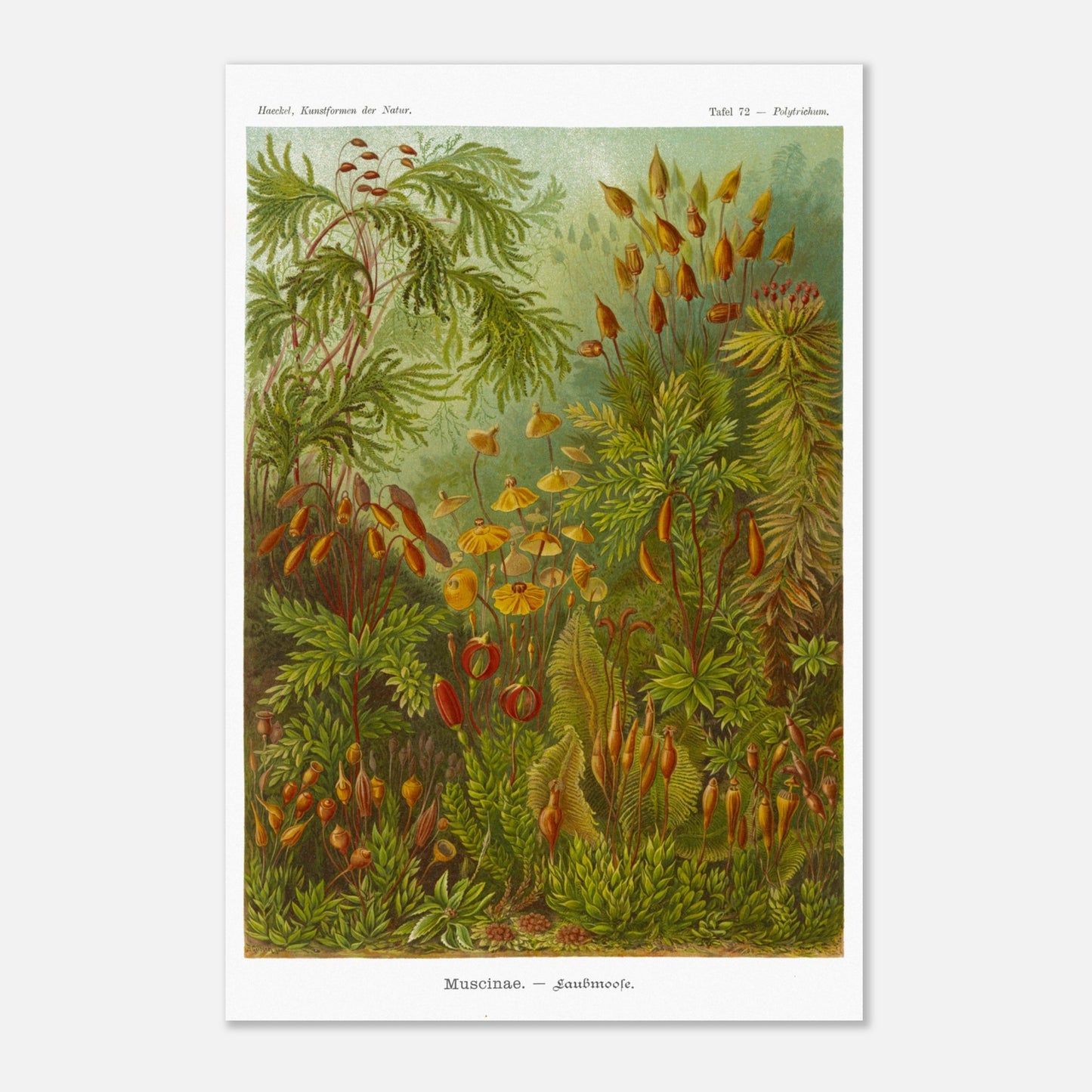
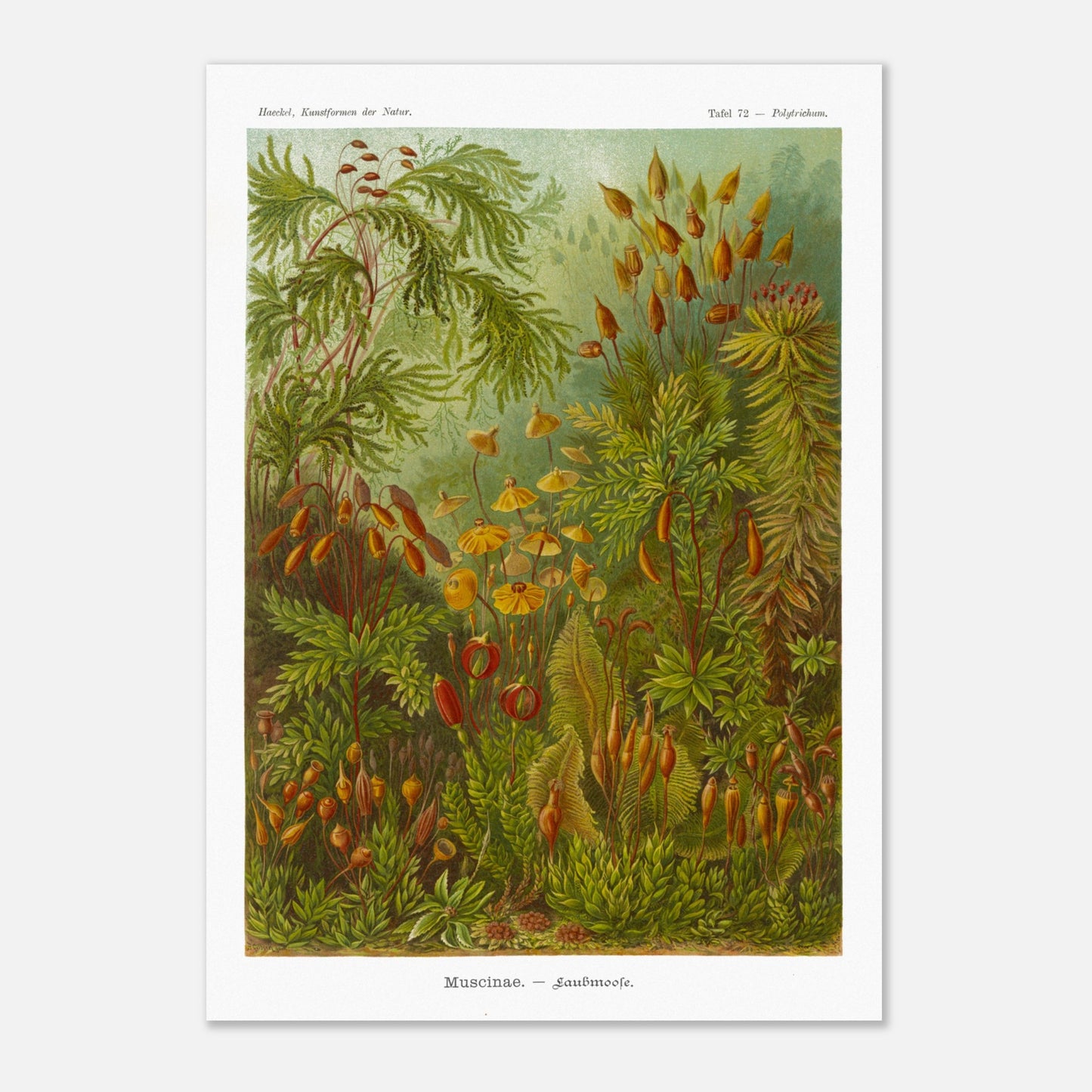
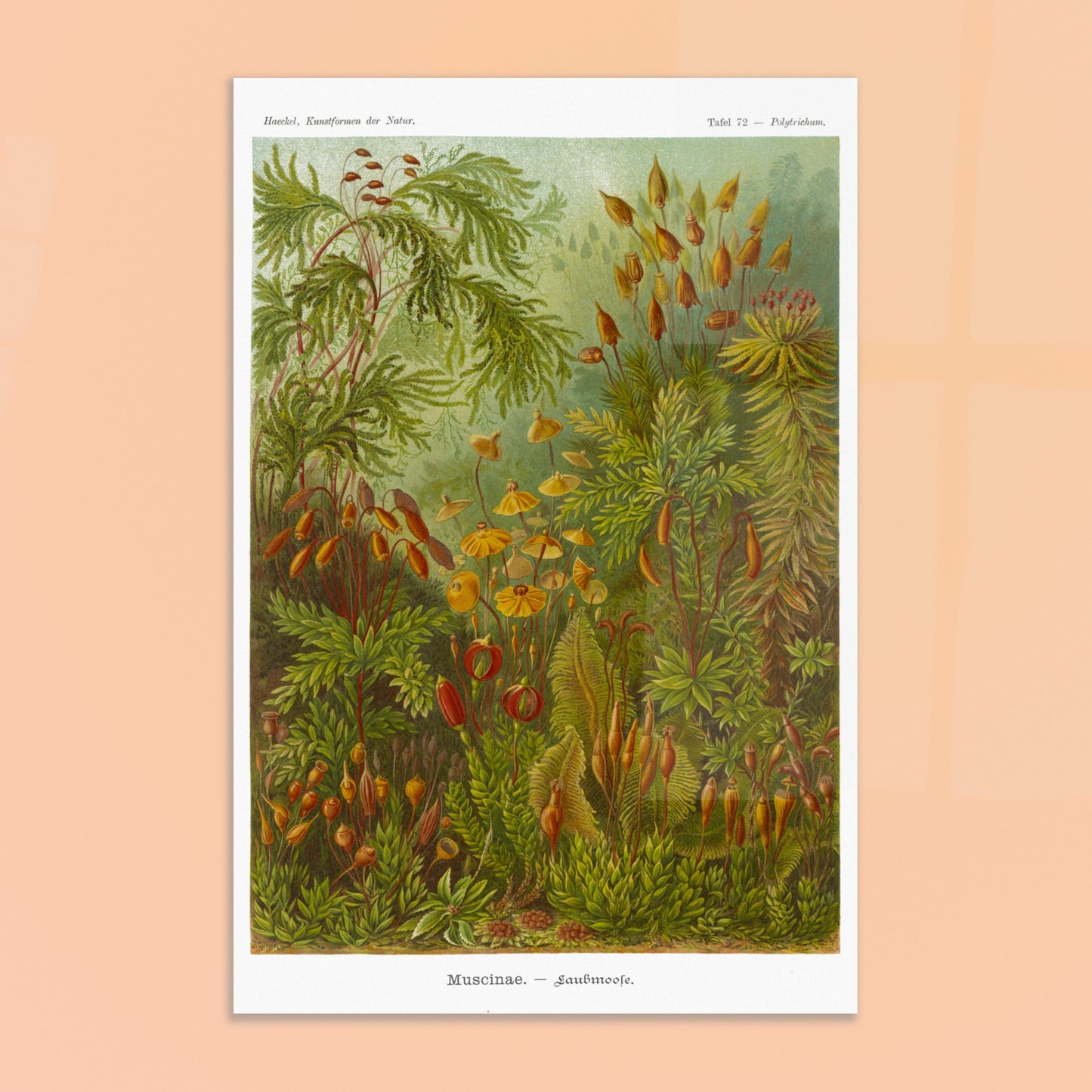
Recently viewed products
We are listening to you
If you are looking for a specific composition, a particular layout, or any other customization need, our team is at your disposal and will do everything possible to meet your requests.
So don't hesitate to...




